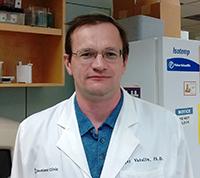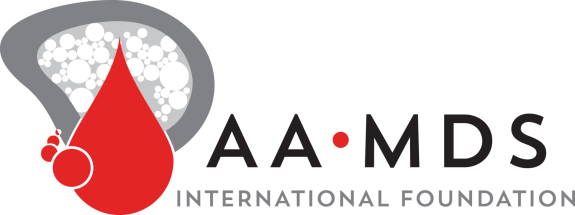
Medicines available to the patients with severe blood diseases like aplastic anemia aplastic anemia: (ay-PLASS-tik uh-NEE_mee-uh) A rare and serious condition in which the bone marrow fails to make enough blood cells - red blood cells, white blood cells, and platelets. The term aplastic is a Greek word meaning not to form. Anemia is a condition that happens when red blood cell count is low. Most… (AA) and paroxysmal nocturnal hemoglobinuria paroxysmal nocturnal hemoglobinuria: (par-uk-SIZ-muhl nok-TURN-uhl hee-muh-gloe-buh-NYOOR-ee-uh) A rare and serious blood disease that causes red blood cells to break apart. Paroxysmal means sudden and irregular. Nocturnal means at night. Hemoglobinuria means hemoglobin in the urine. Hemoglobin is the red part of red blood cells. A… (PNH) are very limited. The idea of improvement the quality of blood cells with small molecules may give a new opportunity to cure AA and hope to reverse PNH. Our proposal is based on discovery of drugs (TCC1 and TCC2) which improve performance of blood stem cells stem cells: Cells in the body that develop into other cells. There are two main sources of stem cells. Embryonic stem cells come from human embryos and are used in medical research. Adult stem cells in the body repair and maintain the organ or tissue in which they are found. Blood-forming (hemapoietic) stem… by increasing their life span. We hypothesize that the unique biological activity of these agents can already be used in clinic to treat AA and PNH by restoration the function of damaged/exhausted blood stem cells. Such effects may help to alleviate diseases and accelerate recovery of normal blood in patients with AA or PNH. The objective of this study is preclinical testing of the identified drugs to enhance the biologic effects on blood stem cells in laboratory settings. In sum, this project represents early preclinical study investigations in a clinically important field of AA and PNH with a prospect of direct translation toward development of new therapies.
An anti-aging drug screen yielded violuric acid (VA) and 1-naphthoquinone-2-monoxime (N2N1) as its top two hits. These lead compounds extended replicative life span of normal human cells in a dose-dependent manner. Both drugs prolonged the availability of HSC, when we tested the effects on these drugs on hematopoietic stem cells stem cells: Cells in the body that develop into other cells. There are two main sources of stem cells. Embryonic stem cells come from human embryos and are used in medical research. Adult stem cells in the body repair and maintain the organ or tissue in which they are found. Blood-forming (hemapoietic) stem… (HSC) derived from normal bone marrow bone marrow: The soft, spongy tissue inside most bones. Blood cells are formed in the bone marrow. or from the patients diagnosed with different degree of aplastic anemia aplastic anemia: (ay-PLASS-tik uh-NEE_mee-uh) A rare and serious condition in which the bone marrow fails to make enough blood cells - red blood cells, white blood cells, and platelets. The term aplastic is a Greek word meaning not to form. Anemia is a condition that happens when red blood cell count is low. Most… . The exact mechanism of action was identified for these drugs. VA participates in non-enzymatic electron transfers from NAD(P)H to oxidized glutathione or peroxides. N2N1 transfers electrons from NAD(P)H to cytochrome c or CoQ10 via NAD(P)H dehydrogenase (quinone) 1 (NQO1). Our results indicate that pharmacologic manipulation of NQO1 activity via redox catalysts may reveal clues as to the mechanisms of HSC maintenance, senescence and, aging under physiologic and pathologic conditions.

